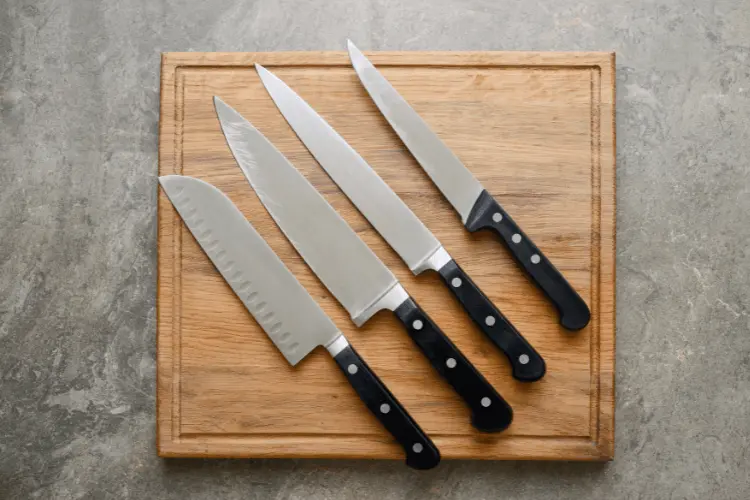In culinary arts, professional kitchen knives are the unsung heroes that enable chefs to turn raw ingredients into culinary masterpieces. These precision instruments are an extension of a chef’s hand, and the choice of knife can make a substantial difference in the result of a dish. If you’re looking to buy kitchen knives, understanding their intricacies is essential. This article delves into the fascinating world of professional kitchen knives, exploring their types, craftsmanship, and the role they play in creating cutting-edge cuisine.
The Art of Blade Making
Behind every exceptional knife is a meticulous process of craftsmanship. Professional kitchen knives are typically handcrafted by skilled craftspeople who have honed their skill over generations. The blade is the heart of any knife, and its material, construction, and sharpness are of utmost importance.
Types of Professional Kitchen Knives
Chef’s Knife: The chef’s knife is the workhorse of the kitchen. Its versatile design makes it suitable for a range of tasks, including chopping, slicing, dicing and mincing. With a broad, tapered blade, it offers excellent control and precision.
Paring Knife: Paring knives are small, agile knives used for intricate tasks like peeling, trimming, and shaping. Their compact size allows for delicate and precise work.
Santoku Knife: Originating from Japan, the Santoku knife has gained popularity worldwide. It features a shorter, wider blade with a distinctive granton edge (a row of oval-shaped dimples) that reduces friction and prevents food from sticking to the blade.
Bread Knife: Bread knives have serrated edges designed to effortlessly cut through bread and other baked goods without crushing them. They are indispensable for achieving clean, uniform slices.
Utility Knife: Utility knives are mid-sized knives that bridge the gap between chef’s knives and paring knives. They are versatile tools suitable for a variety of cutting tasks.
Filleting Knife: As the name suggests, filleting knives are designed for filleting and boning tasks. They have thin, flexible blades that make it easier to separate meat from bones and skin.
Cleaver: Cleavers are heavy-duty knives primarily used for chopping bones and tough cuts of meat. They feature a thick, rectangular blade that provides the necessary force for such tasks.
Materials Matter
Stainless Steel: Known for its resistance to corrosion and staining, stainless steel is famous for kitchen knives. It is easy to maintain and retains its sharpness for an extended period.
Carbon Steel: Carbon steel blades are prized for their exceptional sharpness and ability to hold an edge. However, they require more maintenance to prevent rusting.
High Carbon Stainless Steel: This incorporates the best of both worlds, delivering the sharpness of carbon steel with the resistance of stainless steel to rusting.
Ceramic: Ceramic blades are incredibly sharp and do not rust or stain. However, they are brittle and can chip or crack if mismanaged.
The Anatomy of a Knife
Blade: The blade is the cutting edge of the knife and comes in various shapes and sizes, depending on the type of knife.
Tang: The tang is the part of the edge that rises into the handle. Full-tang knives are considered more durable and balanced.
Handle: The handle provides the grip and control for the knife. Handles come in various materials, including wood, plastic, and metal, each with its advantages.
Bolster: The bolster is the thick junction between the blade and the handle, providing balance and stability.
The Culinary Impact
In the hands of a skilled chef, professional kitchen knives are transformative tools, facilitating precise and creative culinary tasks. When you finally buy kitchen knives, you’ll understand that they form the backbone of any kitchen, with their craftsmanship, materials, and design playing a crucial role in achieving the artistry and precision needed for exquisite dishes.
Conclusion
Professional kitchen knives are not just tools; they are instruments of culinary artistry. Understanding the different types, materials, and components of these knives is essential for both chefs and home cooks looking to elevate their culinary skills. Whether you’re slicing, dicing, or filleting, the right knife in the hands of a skilled user can truly bring cutting-edge cuisine to life.
Written by: Oliver Jones




